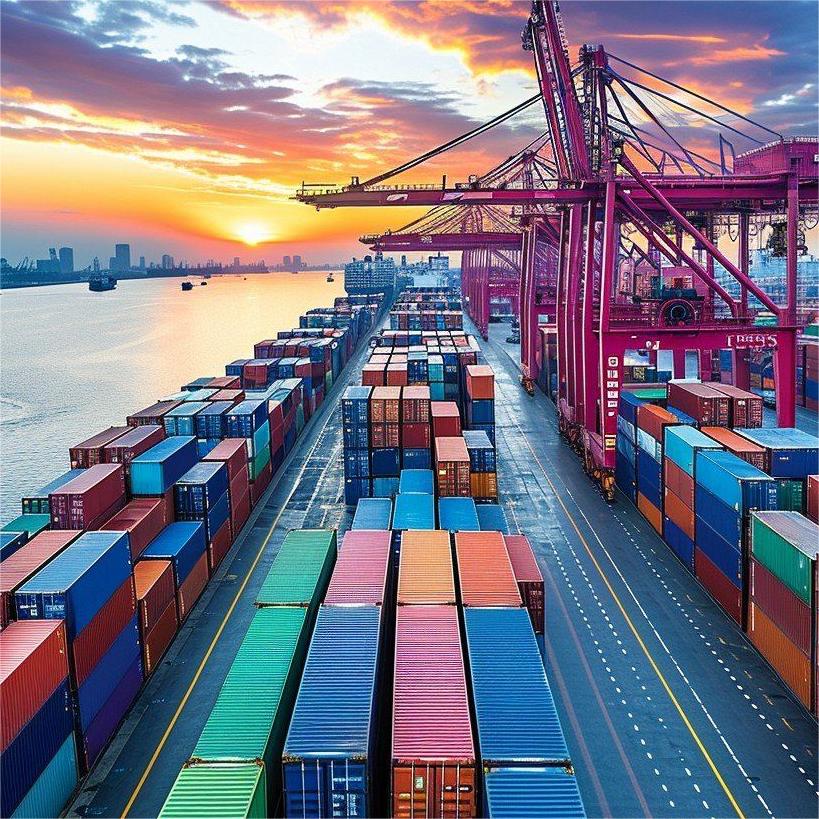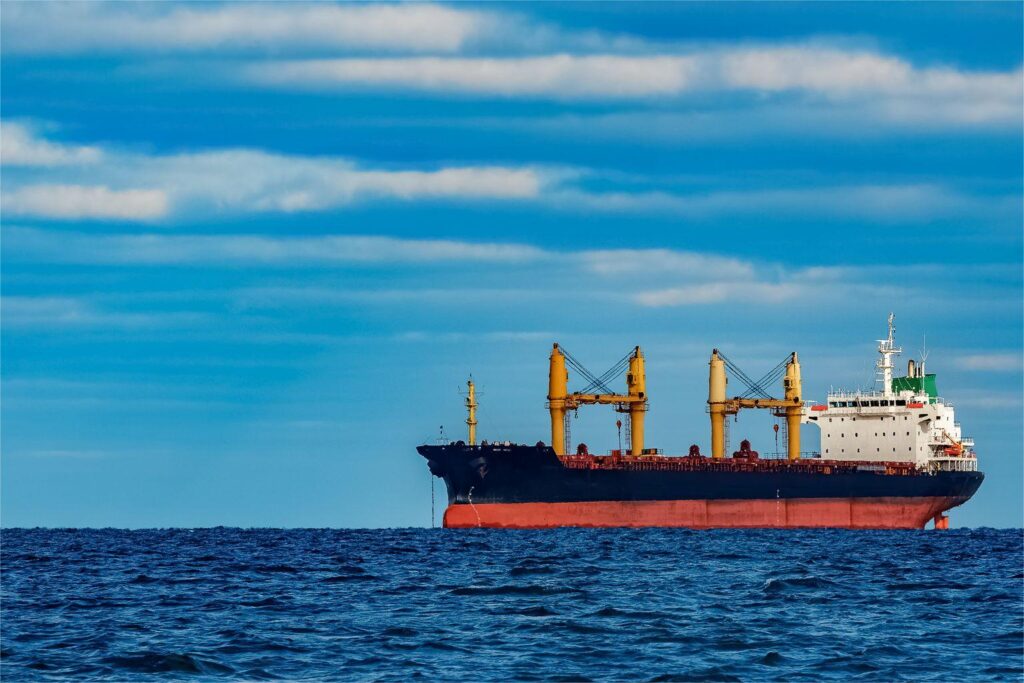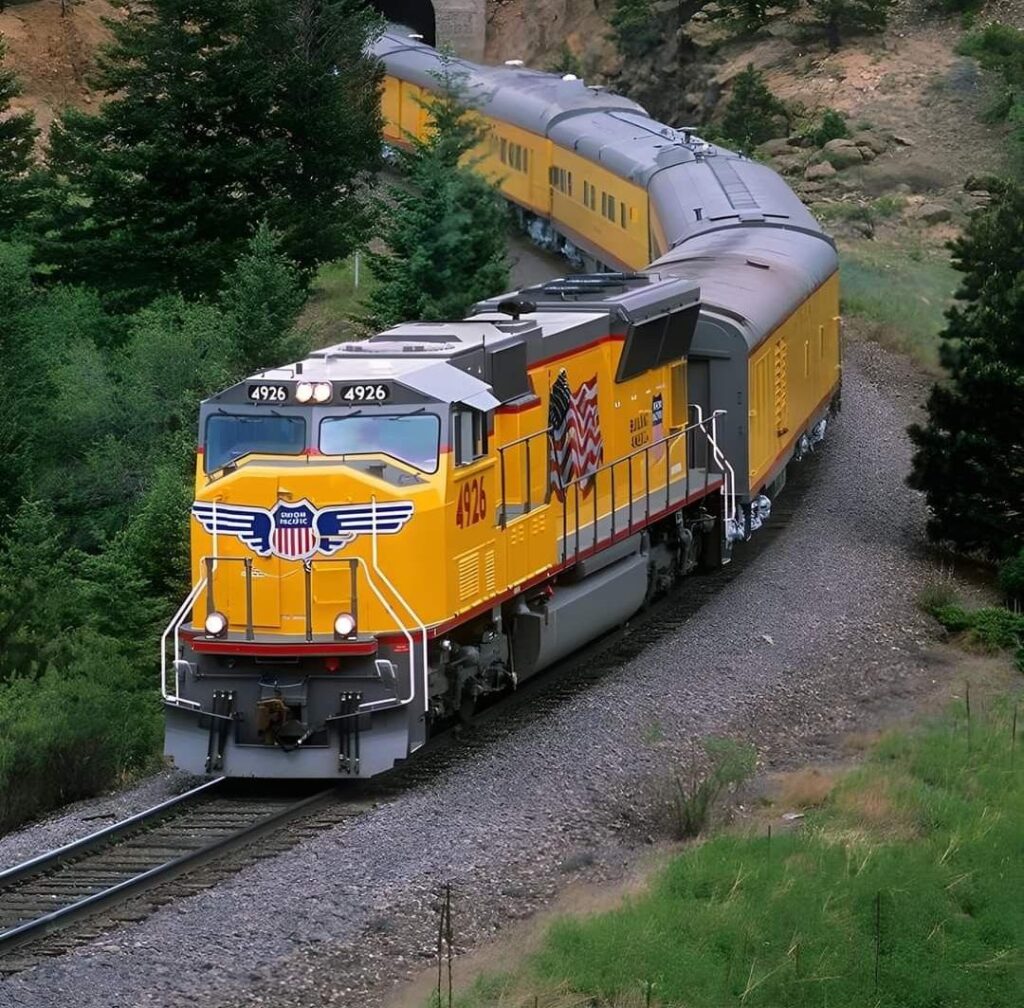- By TOP CHINA FREIGHT
- August 20, 2025
- Shipping
How much does it cost to ship products from China is a question that hits hard when you’ve just placed your largest order yet from a trusted Chinese supplier. The products are ready, and your customers are waiting—but then the shipping invoice arrives, far higher than expected. The profit margin you worked so hard to build suddenly shrinks.In this guide, we’ll break down real-world transportation costs, hidden fees, and strategies to keep your logistics budget under control—whether you ship small packages or full containers.

1.Why Shipping Costs from China Are So Confusing
Customer problem:
Shipping quotes vary drastically, making budgeting a challenge.
Transportation explanation:
Freight costs are influenced by global oil prices, container availability, port congestion, and even geopolitical issues.
Practical advice:
Always confirm whether your quote is port-to-port, door-to-port, or door-to-door.
Key variables that affect how much does it cost to ship products from China:
- Method of transportation (sea, air, rail, courier)
- Size and weight of the shipment
- Distance from supplier’s factory to the port or airport
- Destination customs rules and taxes
- Seasonal demand and shipping market conditions
Example:
A shipment from Shenzhen to Los Angeles might cost $1,500 in June but $2,100 in November due to holiday peak season.
2.Sea Freight – The Backbone of International Trade

Customer problem:
Sea freight is cheap per unit, but customers worry about long delays and unexpected charges.
Transportation insight:
Over 80% of international goods are transported by ocean freight, making it the most reliable option for high-volume cargo.
Solution:
Decide between FCL (Full Container Load) or LCL (Less-than-Container Load) depending on your shipment size.
Sea Freight Rate Estimates (2025)
| Route (China → Destination) | 20ft FCL | 40ft FCL | LCL (per CBM) | Transit Time |
|---|---|---|---|---|
| Shanghai → Tokyo | $1,200–$1,500 | $2,000–$2,600 | $70–90 | 5–8 days |
| Shenzhen → Osaka | $1,100–$1,400 | $1,800–$2,400 | $60–85 | 6–9 days |
| Qingdao → Kobe | $1,000–$1,300 | $1,700–$2,300 | $55–80 | 6–10 days |
| Ningbo → Los Angeles | $1,800–$2,500 | $3,000–$4,200 | $80–100 | 15–20 days |
| Guangzhou → Sydney | $1,600–$2,200 | $2,800–$3,800 | $75–95 | 12–15 days |
Tips to lower sea freight cost:Tips to lower sea freight cost:
- Consolidate orders with other shippers if your cargo is small.
- Avoid shipping during peak months (Sept–Jan).
- Always confirm terminal handling charges upfront.
3.Air Freight – Paying for Speed

Customer problem:
Fast delivery is needed, but air freight pricing feels unpredictable.
Transportation perspective:
Air freight typically costs 4–6 times more than sea freight, but it reduces transit time from weeks to days.
Cost basis:
Charges are calculated on either actual weight or volumetric weight—whichever is higher.
Air Freight Costs (China to Major Destinations):
- Shanghai → Tokyo: $5–7/kg (3–5 days)
- Shenzhen → Los Angeles: $7–9/kg (5–7 days)
- Guangzhou → London: $6–8/kg (5–6 days)
- Beijing → Sydney: $6–8/kg (4–6 days)
Ways to save:
- Choose economy air if delivery can wait 4–6 days.
- Optimize packaging to reduce volumetric weight.
- Book shipments during off-peak flight periods.
Case Example:
- 100 kg of electronic goods shipped from Shanghai to Tokyo.
- Sea freight: ~$150 (8 days).
- Air freight: ~$700 (2 days).
- Express courier: ~$850 (1–2 days).
Result: If speed matters more than cost, air is the best solution.
4.Rail and Multimodal Transport – Balancing Cost & Time

Customer problem:
Inland Chinese suppliers face high trucking costs before goods even reach the port.
Transportation explanation:
Rail freight connects inland production hubs (Chongqing, Xi’an) with ports like Shanghai and even directly with Europe.
Benefit:
Faster than sea, cheaper than air.
Rail + Sea Example:
- Xi’an to Shanghai by rail: ~$250/ton
- Shanghai to Kobe by sea: ~$80/CBM
- Total: Cheaper than full sea when including inland transport, and faster overall.
This option is especially useful for mid-size shipments where balancing cost and time is critical.
5.Courier and Express Shipping – For Small Parcels

Customer problem:
eCommerce sellers want fast delivery for samples and small parcels.
Express Cost Estimates (China to Japan):
- DHL: $7–10/kg
- FedEx: $6–9/kg
- UPS: $6–8/kg
- EMS: $5–7/kg
When to use courier services:
- Small shipments (1–100 kg)
- Urgent orders where customs clearance needs to be included
- Direct-to-consumer delivery
Transportation angle:
While expensive per unit, couriers include customs brokerage and door delivery, saving time and reducing delays.
6.The Hidden Costs Importers Forget
Even if you know the base freight rate, you’re not done. The real question—how much does it cost to ship products from China—depends on hidden fees.
Common Extra Costs:
- Port fees & handling charges: $100–300 per container
- Customs clearance fees: $50–150
- Duties & VAT: Depends on HS code and country
- Cargo insurance: ~1–2% of cargo value
- Inland trucking: $100–500 depending on distance
Example:
A 20ft FCL with a base rate of $1,200 could end up costing $1,500–1,600 once all surcharges are included.
7.Case Studies: Real Shipping Scenarios
Case 1: Small business importing 500 kg of clothing (Shenzhen → Tokyo)
- Air freight: $3,200 (5 days)
- Sea freight (LCL): $1,100 (8 days)
- Decision: Sea freight chosen, saving $2,100.
Case 2: eCommerce seller shipping 50 kg of electronics (Shanghai → Los Angeles)
- Courier (DHL): $450 (3 days)
- Air freight: $380 (5 days, extra customs handling required)
- Decision: Courier chosen for convenience despite slightly higher cost.
Case 3: Manufacturer moving 40ft FCL of machinery (Qingdao → Sydney)
- Sea freight: $3,500 (12 days)
- Rail + Sea multimodal: $3,100 (10 days)
- Decision: Rail + Sea selected, faster and cheaper.
8.Freight Forwarder vs. Going Direct
Customer problem:
Should you manage shipping yourself or hire a forwarder?
Transportation perspective:
Forwarders often secure bulk discounts from carriers and manage customs efficiently.
Reality:
While forwarders charge $50–150 service fees, they usually save shippers more than that in reduced rates and fewer mistakes.
Comparison:
| Option | Pros | Cons |
|---|---|---|
| Direct booking | Full control, no middleman | Time-consuming, high risk, limited contacts |
| Freight forwarder | Better rates, smooth customs handling, less stress | Service fee, less transparency |
9.Step-by-Step Guide to Estimating Costs
Determine CBM or kg.
Sea, air, rail, or courier.
At least 3 forwarders.
Based on HS code.
Both in China and destination country.
1–2% of cargo value.
The real answer to “how much does it cost to ship products from China.”
Conclusion
Answering how much does it cost to ship products from China requires more than checking a freight rate—it means understanding transportation modes, hidden fees, customs duties, and timing. Sea freight is best for large, low-cost shipments, air freight is ideal for urgent goods, rail and multimodal provide balance, and couriers cover small packages. The smart way to save is planning ahead, consolidating shipments, and partnering with a reliable freight forwarder who understands your route and market.
Need a Shipping Quote?
If you want expert guidance and peace of mind, our team is ready to assist.
TJ China Freight offers tailored solutions to help businesses of all sizes ship more reliably from China.
FAQs
Q1:Is sea freight always cheapest?
Yes, for large volumes. But small LCL shipments may be more expensive per unit.
Q2:How can I reduce air freight costs?
Book in advance, consolidate shipments, and reduce volumetric weight.
Q3:Do freight forwarders save money?
Yes—especially for new importers who don’t have direct carrier contracts.
Q4:What is the fastest way to ship from China?
Express courier (1–3 days).
Q5:Do I need cargo insurance?
Absolutely. It’s inexpensive and covers major losses or damage.
